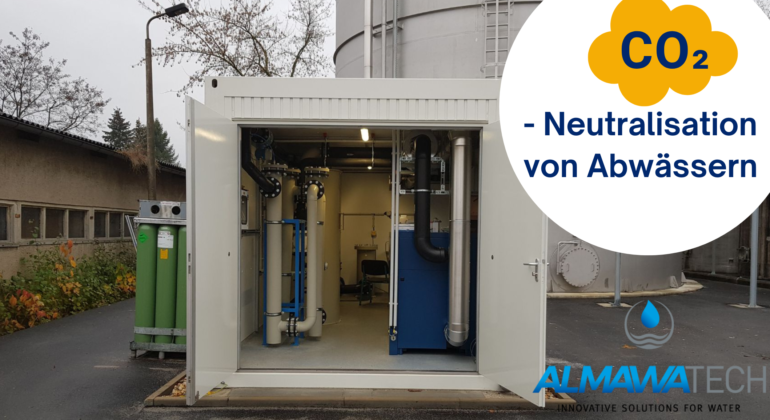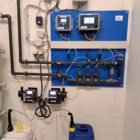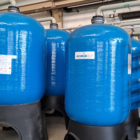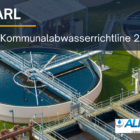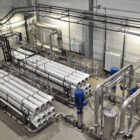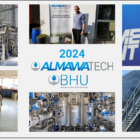The neutralization of wastewater is an essential process in order to meet the legal requirements for discharge into bodies of water or municipal sewage treatment plants. A particularly sustainable method is neutralization with carbon dioxide (CO2), which not only effectively treats the wastewater but also acts as a CO2 sink, significantly reducing a company's environmental footprint. In this article, we explain how this technology works and its benefits, particularly in terms of sustainability and mineralization.
Table of contents
How neutralization with CO2 works
The neutralization of wastewater with CO2 is based on a chemical reaction in which CO2 is introduced into the wastewater to stabilize the pH value. Carbon dioxide reacts with water to form carbonic acid (H2CO3), which in turn reacts with alkaline components in the wastewater. This process takes place in two phases:
1. neutralization of the bases:

2. neutralization of the bases:
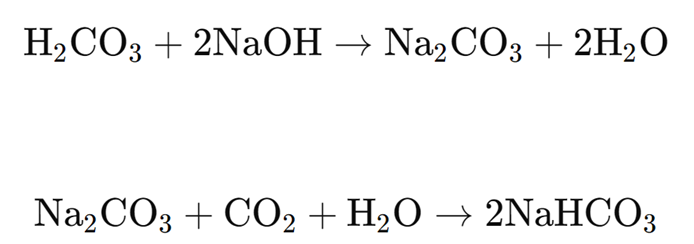
These reactions neutralize the wastewater and produce environmentally friendly carbonates and bicarbonates.
Mineralization: An additional advantage
Another advantage of CO2 neutralization is mineralization, in which dissolved substances in the wastewater are converted into solid, stable minerals. This mineralization contributes to the stabilization of the wastewater and prevents the re-release of pollutants.
For example, the following reaction is triggered during the neutralization of calcareous wastewater:

This calcium hydrogen carbonate remains dissolved in the water and increases its buffering capacity, which leads to a more stable pH value and reduces the risk of acidification.
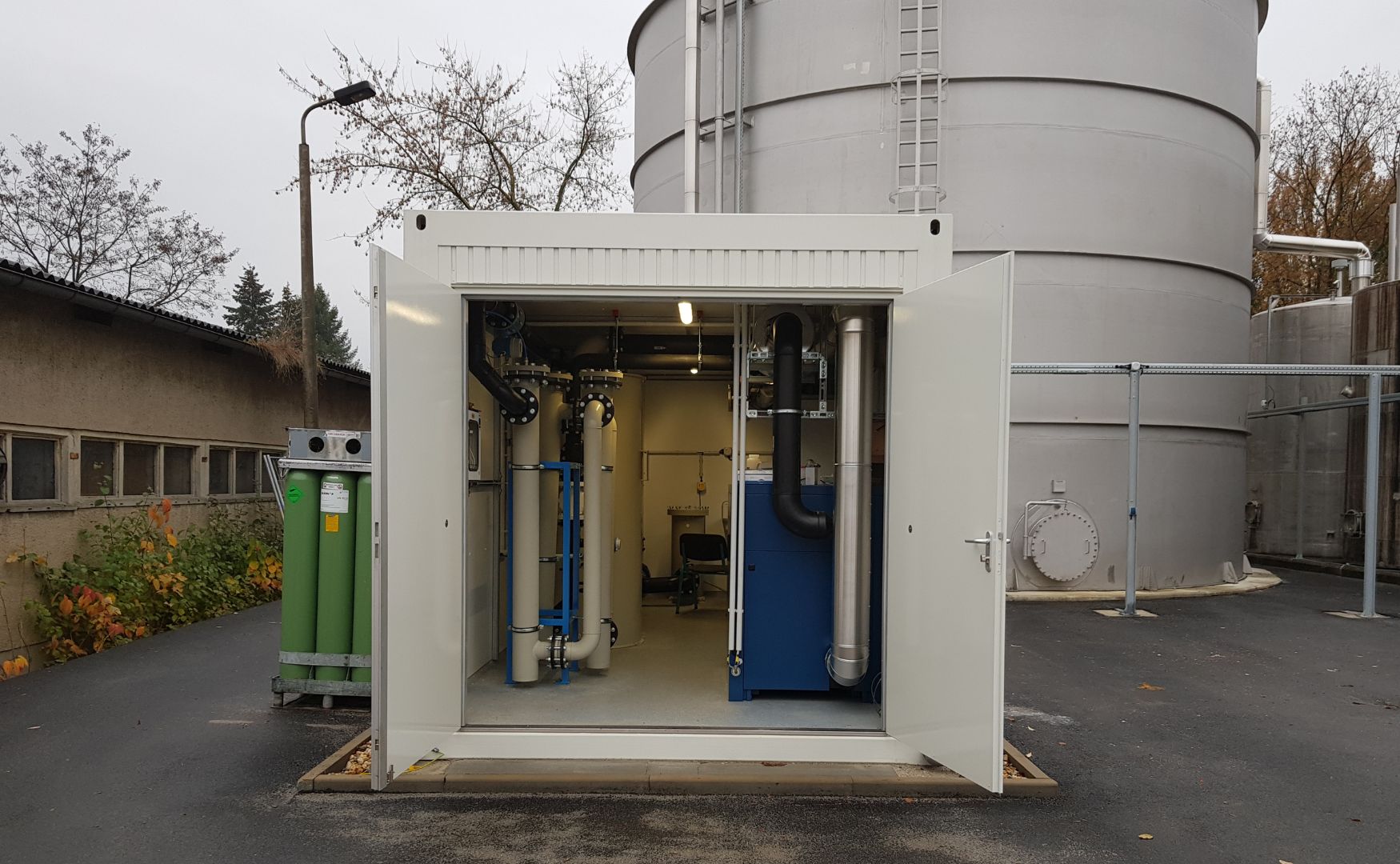
Photo: CO₂ neutralization plant (plant: ALMA Neutra)
Sustainability: CO2 sink and reduction of the ecological footprint
The use of CO2 for neutralization not only offers technical advantages, but also contributes significantly to sustainability. Here are the main reasons:
1st CO2 sink
By using CO2 from industrial waste gases or other sources in the wastewater for neutralization, this CO2 is permanently bound and removed from the atmosphere. This actively contributes to the reduction of greenhouse gases.
2. reduction of the CO2 footprint:
Companies that use CO2 for wastewater treatment can significantly reduce their ecological footprint. Instead of releasing CO2 into the atmosphere, it is used sensibly and economically to improve water quality.
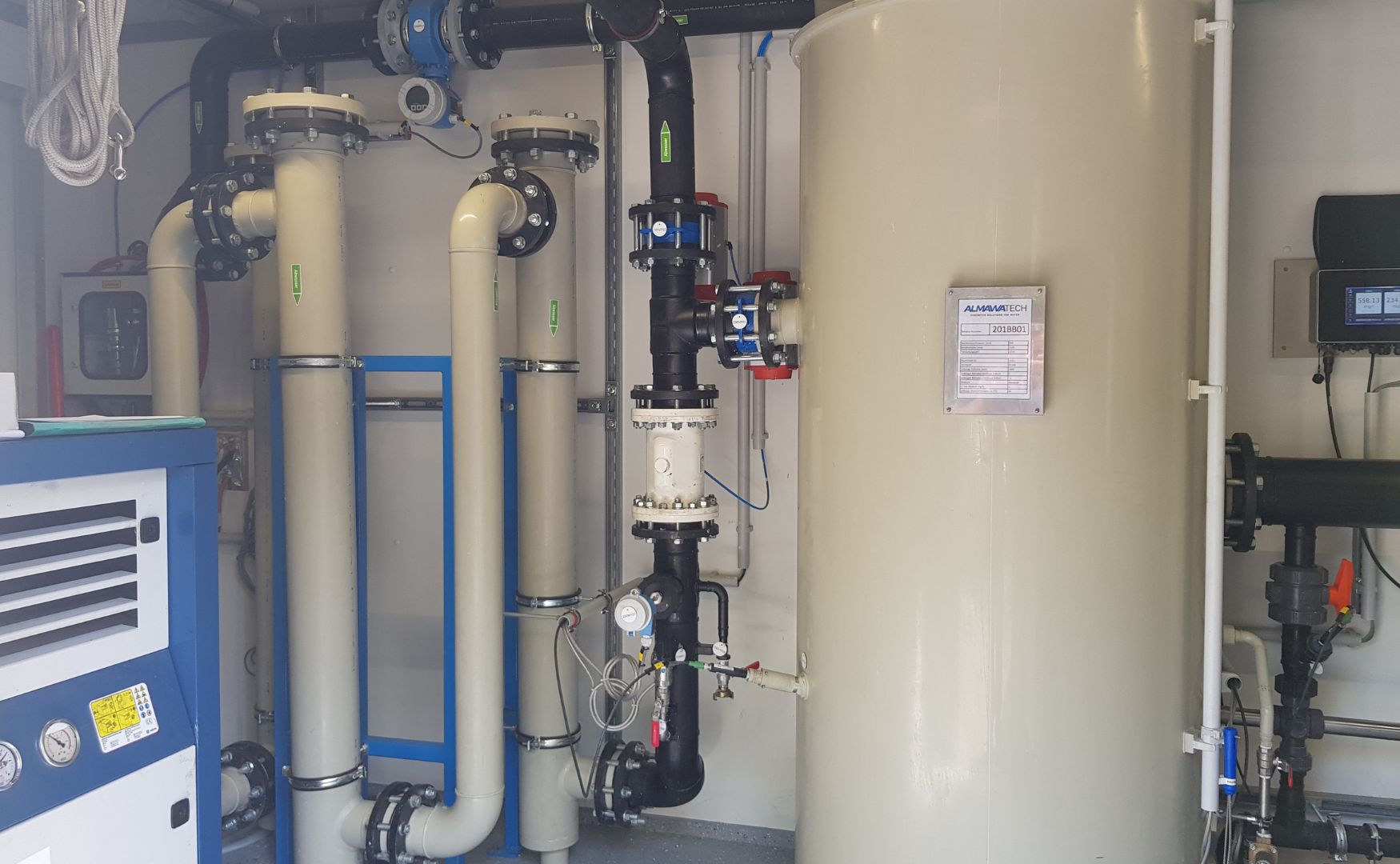
Photo: Neutralization section and flash reactor with flow and pH control (system: ALMA Neutra)
Neutralization of waste water through flue gas
A particularly sustainable method of neutralizing wastewater is the use of flue gas, which contains a high proportion of CO2. On average, flue gas from industrial boilers consists of around 10-15% CO2. By using this flue gas for neutralization, the CO2 can be used effectively instead of releasing it into the environment through the chimney. This reduces the direct discharge of CO2 into the atmosphere and thus contributes to reducing climate change.
Flue gas can originate from various industrial processes, in particular from the combustion of fossil fuels in boilers. By integrating flue gas into the neutralization plant, the wastewater is treated efficiently while reducing the CO2 emissions of the operation. The reaction of CO2 in the flue gas with alkaline components in the wastewater leads to the formation of carbonates and bicarbonates, which ensures stable and environmentally friendly neutralization.
Double-sided benefit: Neutralization and CO2 reduction
Neutralization with CO2 offers a double advantage: firstly, the wastewater is treated so that it can be safely discharged into the sewage system or natural waters. Secondly, the company's CO2 footprint is reduced, as the CO2 used is bound and not released.
Conclusion
The neutralization of wastewater by CO2 is an innovative and sustainable method to meet the legal requirements for wastewater treatment and at the same time reduce the ecological footprint. Mineralization also produces stable, environmentally friendly products that help to buffer and stabilize the wastewater. Overall, this technology offers an excellent opportunity to increase operational efficiency and make a positive contribution to environmental protection.
For further information and individual advice on wastewater neutralization, please do not hesitate to contact us. You can find out more about our ALMA Neutra neutralization system at the following link.
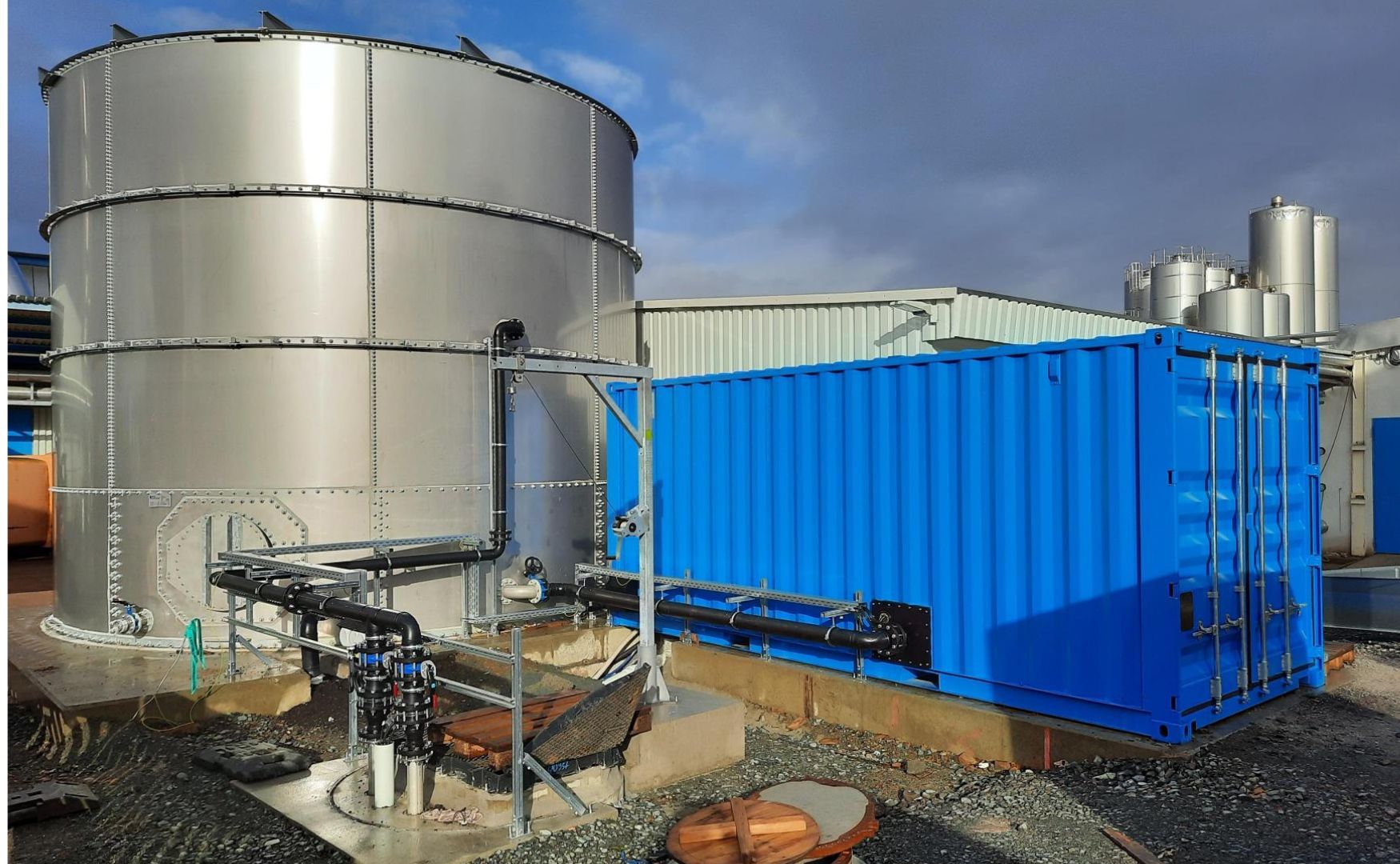
Photo: Neutralization system with grease separator, pump shaft, stacking container and neutralization system installed in the technical room container (system: ALMA Neutra)


